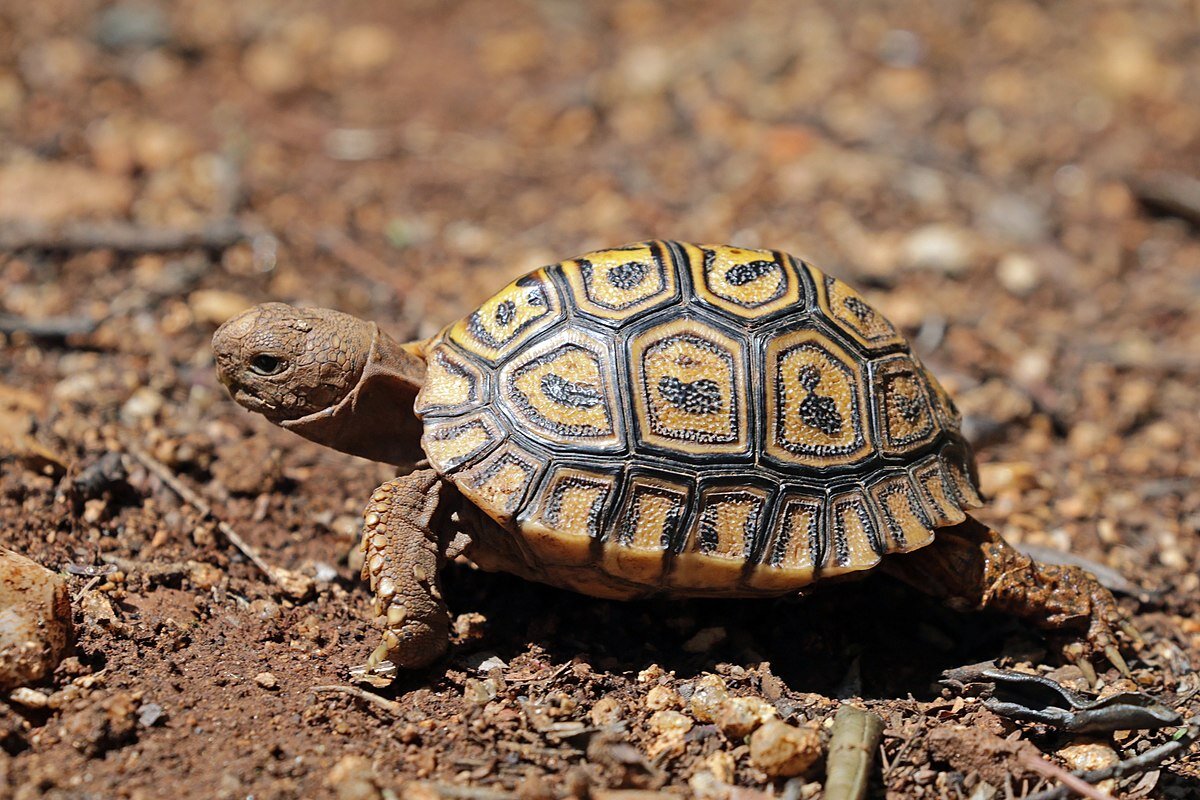Spotlight on: The Little 5
Written by Marrian Haileselassie
If you’ve visited Africa before or thought about it, you’ve definitely heard the term ‘Big 5’ and maybe even the Ugly 5. These are classic big game animals that every traveller to the continent hopes to see: elephant, lion, rhino, leopard and buffalo. Very few know of the much smaller collection – the Little 5. In this blogpost, you will be introduced to Africa’s tiny wonders.
Pitched by conservation enthusiasts to draw attention to the smaller amazing creatures of Africa, the Little 5 have names derived from their famous bigger friends. Get ready to add these to your safari checklist!
1. Elephant Shrew
Funny enough, this mouse-like mammal actually has no relation to a shrew, nor an elephant. Its small furry body is matched with a long snout similar to an elephant’s trunk; hence, the name. It also has a tail the size of its body. Given its size, the elephant shrew is weary of predators and often stays out of sight making it very difficult to spot.
Fun fact: Unlike other mammals, when an elephant shrew mates, it stays monogamous.
2. Buffalo Weaver
There are two main kinds of buffalo weaver: red-billed and white-billed. The red-billed buffalo weaver is more common in Africa and exists in dry habitats. They’re very social birds who live together in colonies, and a male can have more than one mate in the colony. Their nest is easy to spot because of its messy and haphazard nature.
Fun fact: Despite its messy nest, each egg is laid in a separate compartment!
3. Leopard Tortoise
The Leopard tortoise earned its name from the yellow-on-black spotting on its outer shell that resembles the rosettes of a leopard. Being the largest of the Little 5, they also have the longest life expectancy. Adult leopard tortoises can live up to 100 years. You can estimate the age of a leopard tortoise by counting the ridges on its shell.
Fun fact: The gender of a leopard tortoise hatchling is determined by the temperature of its environment!
4. Ant Lion
These feisty little fighters rightfully earned the name ‘Ant Lion’ from their incredible tactic of catching ants during their larvae state. The little ant lions create small pits in the sand and hide at the center underneath the sand. When ants pass through the sandpit, they are caught in the jaws of these little lions.
Fun fact: Ant Lion larvae don’t excrete at all! It stores all the waste until maturity.
5. Rhino Beetle
Their protruding horn resembling that of a rhino earned them the name – Rhino Beetle. But that’s the only trait shared with their angsty friends. Rhino beetles are harmless to humans. These tough-exterior soft-interior beetles will win your heart right over. They live off sap, bark and nectar.
Fun fact: With respect to their size, rhino beetles are one of the strongest animals on earth!
The great thing about the Little 5 is that they can be found across Africa so it’s easier to meet them all at once. Because of their small size, the Little 5 cannot be spotted from a safari drive, except the Leopard tortoise. To encounter the rest, go on a bush walk and pay close attention to your surroundings.
Now that you know about the Little 5, are you excited to see one in person? Find your next sustainable safari adventure with Viatu. Don’t forget to follow us on Instagram for more fascinating animal facts and dreamy sustainable destinations!





